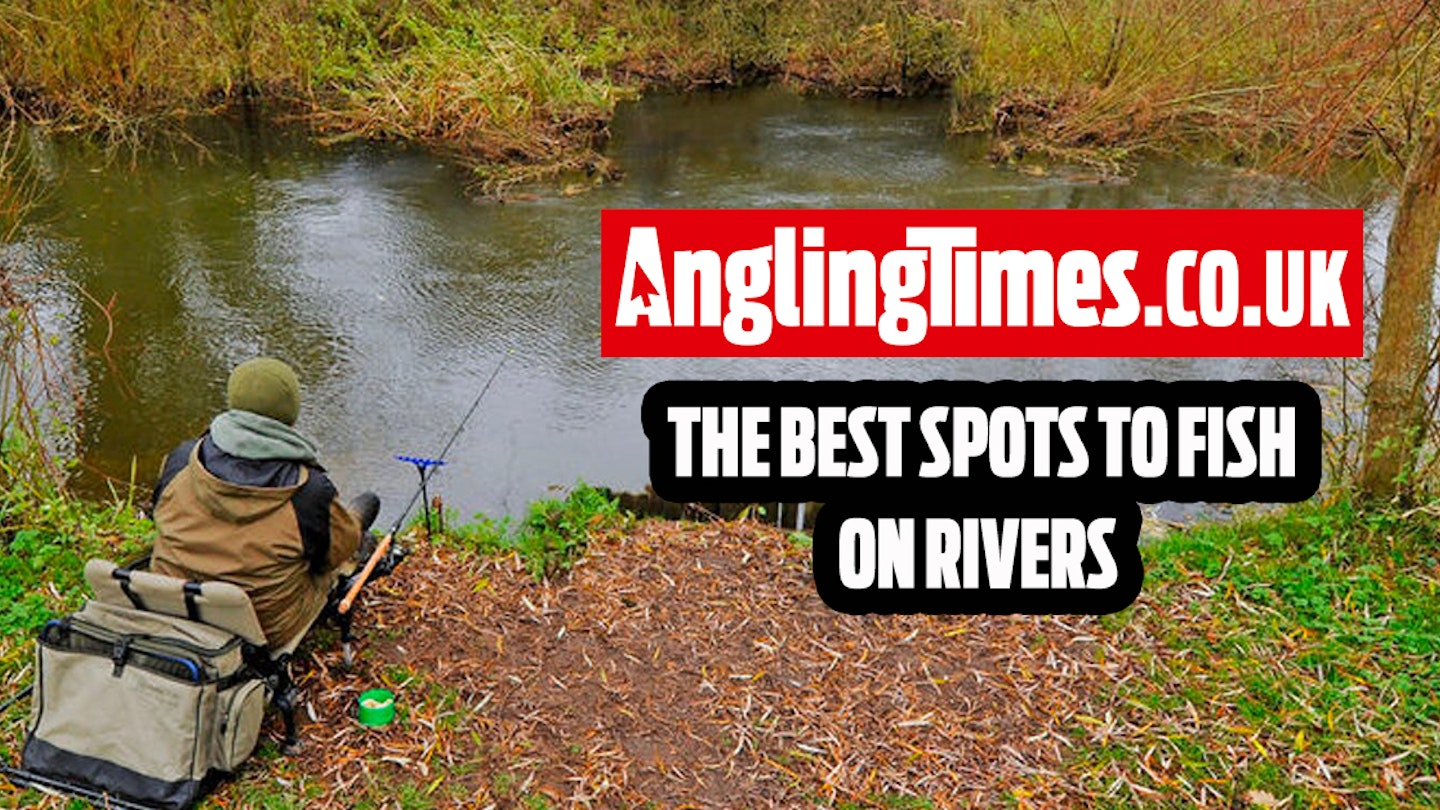Part of the joy of river angling is that the venues we target can change from day to day.
Their often wild nature and unmanicured banks means that with just one big storm or flood, a swim that was once a seemingly barren run can be transformed overnight by fallen trees or rafts, creating new potential fish-holding areas.
Anglers are immediately drawn to such ‘snaggy features’, and so are many fish species.
As well as providing sanctuary for juvenile fish, fallen trees also offer the perfect home for ‘cagey’ larger specimens, but there’s far more to them than that, as fish scientist Dr Mark Everard explains...
“Snags really matter, and without this habitat, fish just can’t function,” he says.
“When a tree falls into the river, the geomorphological process will start immediately, affecting scour and deposition of sediment.
“If left, trapped sediment will be consolidated by plant growth and river structure can change long-term.”
YOU NEED A GOOD LINE TO TACKLE SNAGGY RIVER SWIMS. HERE IS OUR GUIDE TO THE BEST.
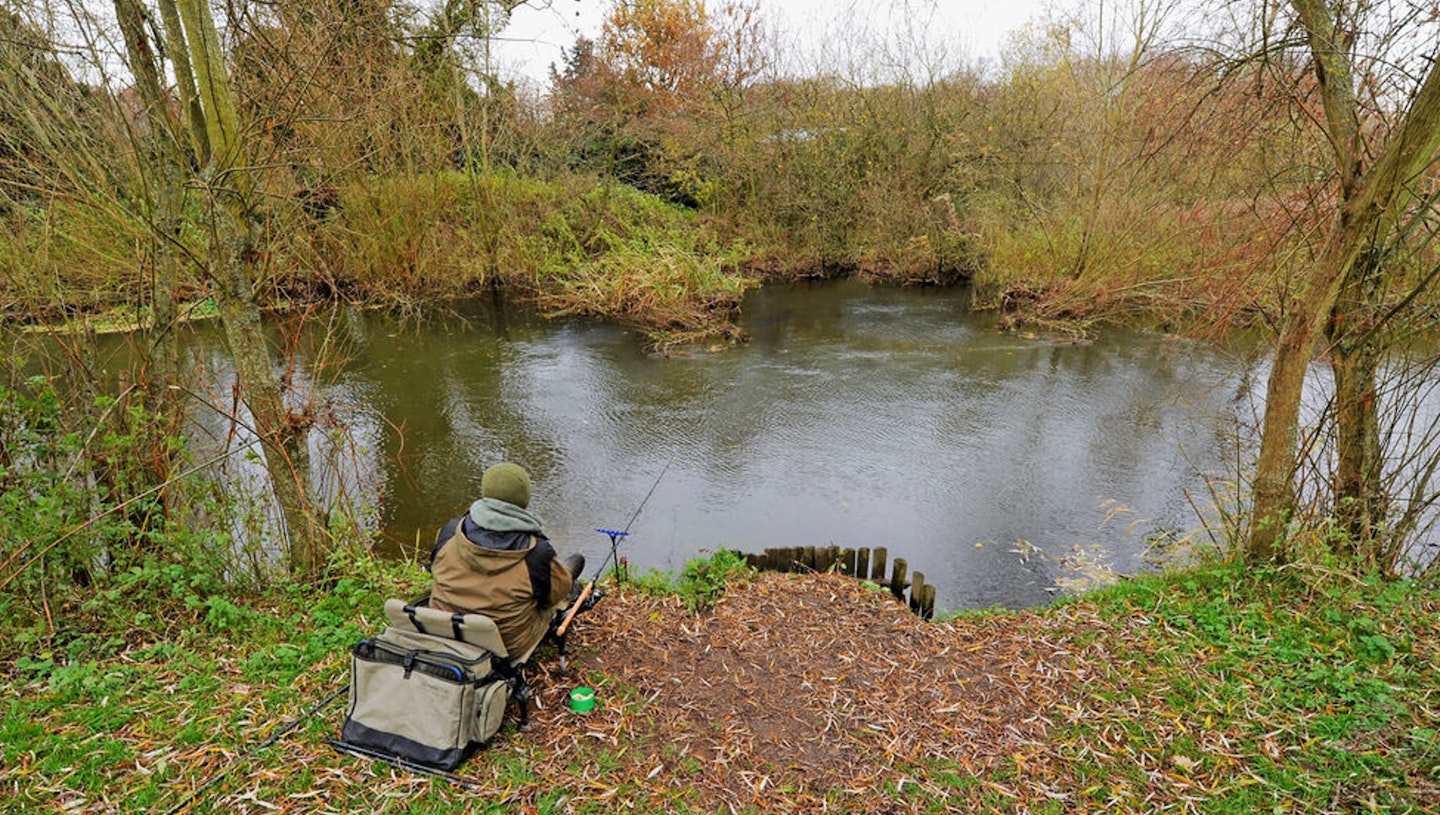
Fish are often quick to take advantage of this change to their environment, Mark confirms.
“If a tree falls, it’s probably in stronger flows and the refuge offered will be immediately exploited. The fallen tree will also be a great spawning site for some species and a nursery area for most, depending on the season. It will gradually become a food larder, too, as it will become populated by invertebrates.”
But what if you arrive at the river and your favourite snag is gone?
“Fish will abandon it straight away,” Mark says.
“Take away the refuge, the natural food, the suitability as a nursery, and it’s goodbye fish!”
LEARN MORE ABOUT THE MIGRATIONS AND MOVEMENTS OF OUR FAVOURITE COARSE FISHHERE.
Angling Times columnist Dr Paul Garner agrees: “In the US, they add ‘coarse, woody debris’ to a stretch of river and fish will start using that habitat within a few days,” he says.
“There have been similar historical studies on the River Wensum, where chub and roach numbers increased within a few weeks on stretches where branches and cover were added.”
Armed with this scientific knowledge, it’s safe to say that, for fish, snags are pretty important. But how should we go about targeting them? Paul and Mark have advice on that too...
Upstream
If fishing upstream of the structure, it’s best to ‘trickle-feed’ the fish away from the snag, as once hooked they’ll use the flow to dive back into safety. Barbel tend to be among the easiest fish to tempt out with bait. A steady stream of maggots, however, can be enough to draw roach, dace and chub away from safety too. But be careful not to overfeed, or they’ll simply wait for the bait to be delivered to their front door by the current – just where they can’t be caught!
YOU NEED A GOOD ROD TO HOLD FISH AWAY FROM SNAGS ON RIVERS. CHECK OUT OUR BUYER'S GUIDES FOR THE BEST RODS FOR CHUB AND BARBEL FISHING.
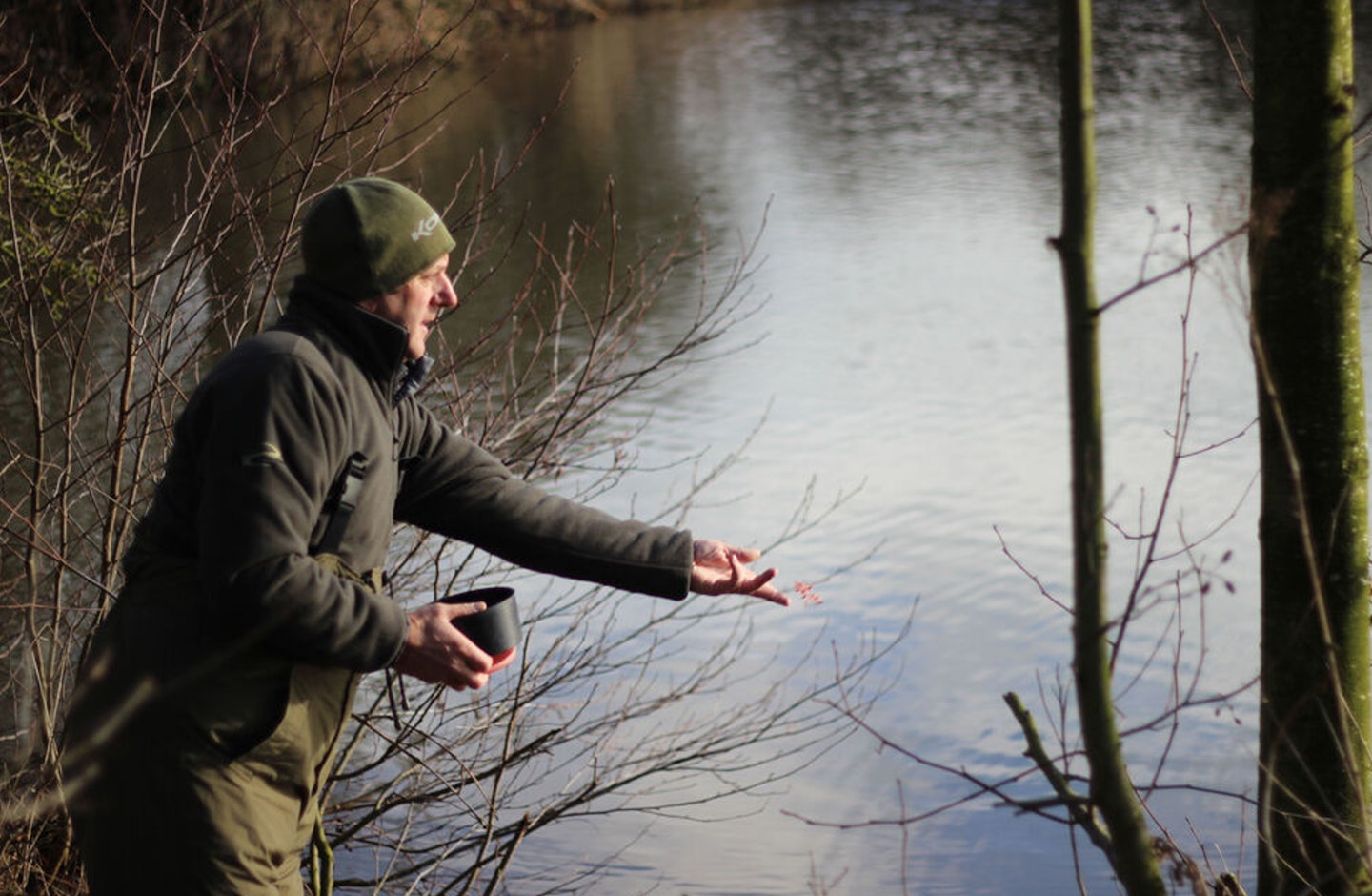
In the snag
Perch, chub and pike are all likely to be positioned deep amid the branches, especially if they’re quite open with plenty of room. A single bait positioned as close as you can get offers a good chance of a bite, but try not to lose a fish in the snag and possibly tether it. Strong gear is a must when fishing anywhere around these obstacles, as there might be even more structure beneath the surface that you can’t see!
FIND SOME OF THE BEST RIVER FISHING SPOTS FOR PIKE IN THIS WHERE TO FISH GUIDE.
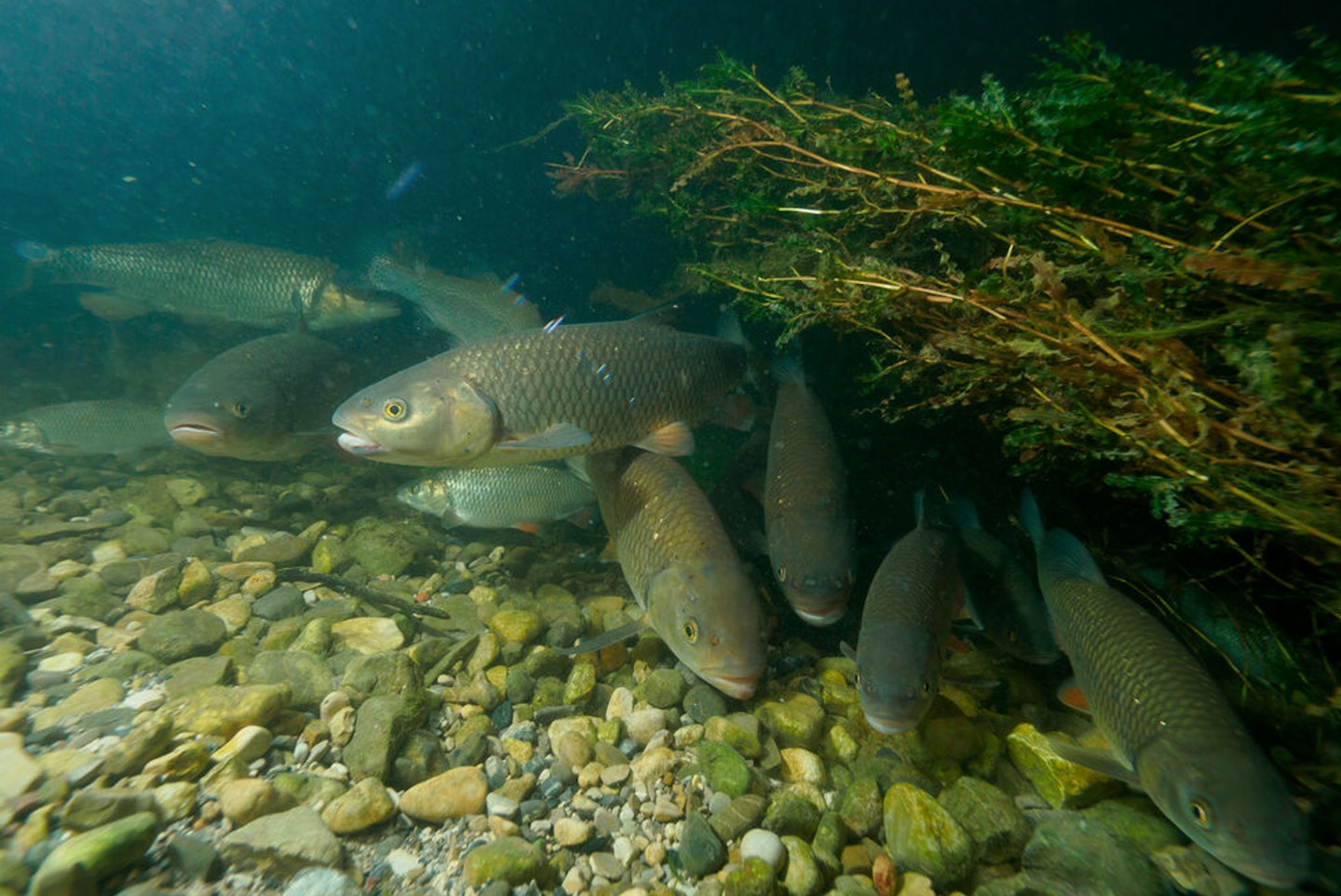
Downstream of the snag
Upstream legering to the crease at the back of the snag can be a great way to catch chub. This is also where roach sit and pick off food items diverted by or falling from the tree. The slack formed inside the crease at the back of the obstacle is another superb holding spot for perch and pike. Here, one big, well-placed hookbait can get a great result.
NEED MORE TIPS TO IMPROVE YOUR RIVER FISHING? CHECK OUT THIS EXPERT ADVICE ARTICLE.
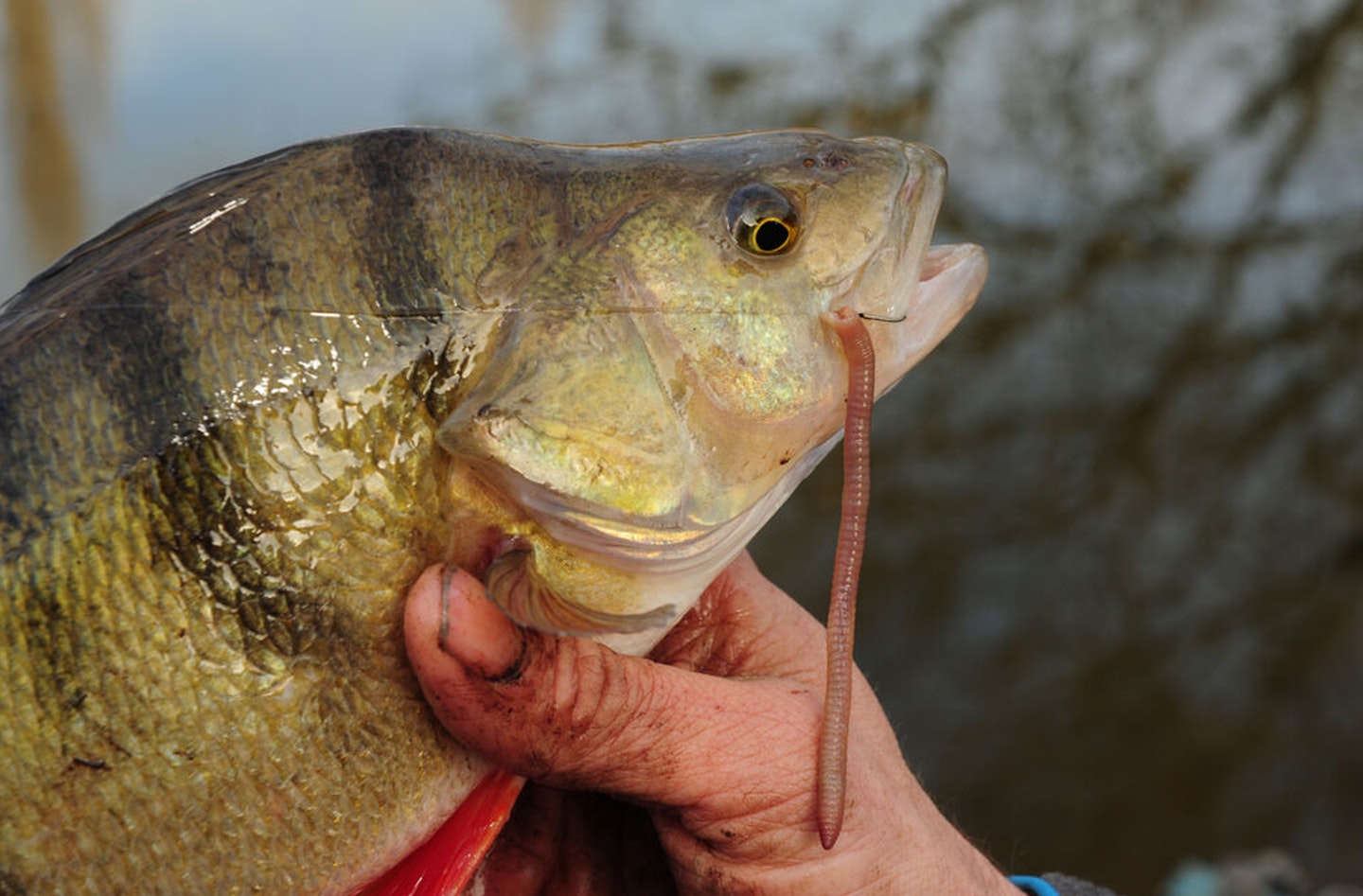
This page is a free example of the amazing content Angling Times Members get every single week. Becoming an Angling Times Member gives you access to award-winning magazine content, member rewards, our back issue archives, bonus content and more! Join our fishing community and find out more today!
